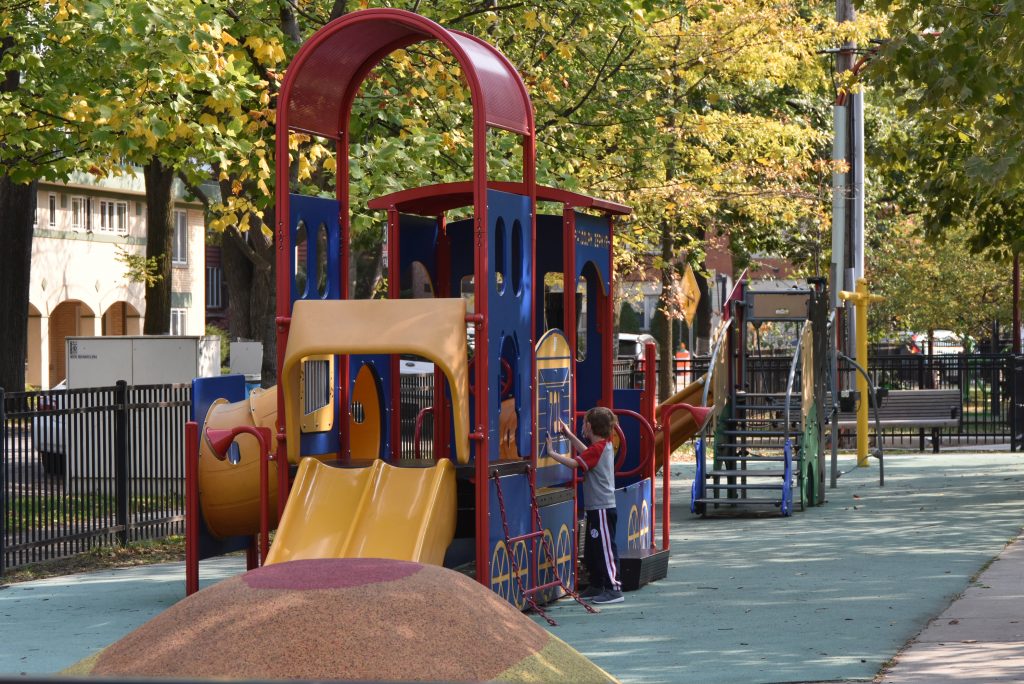The Best Four Corners in Oak Park
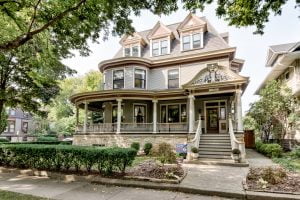
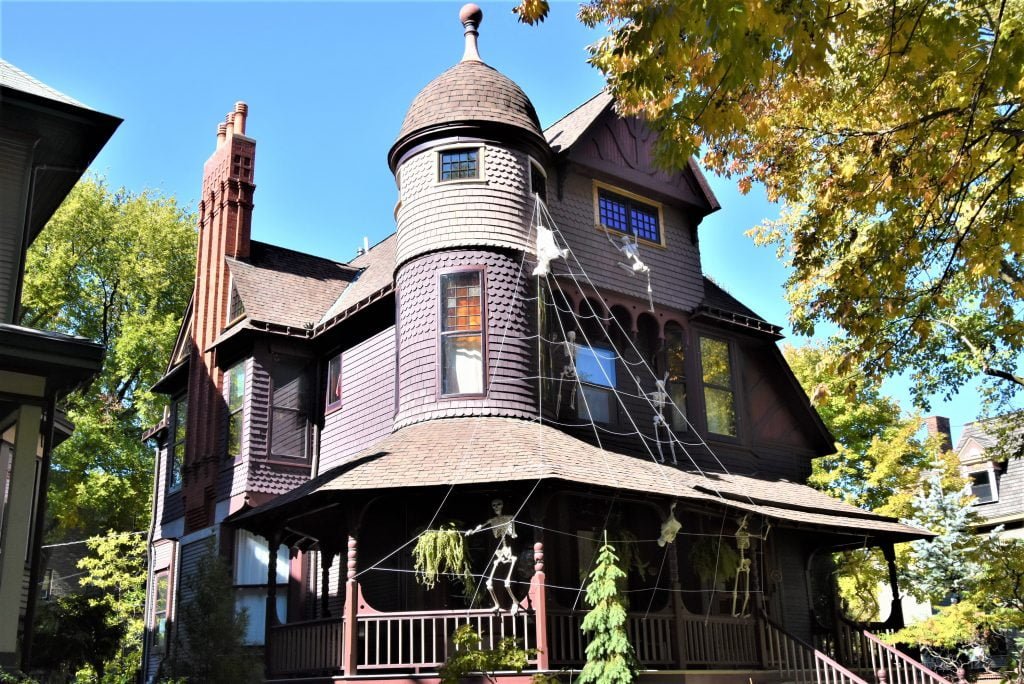

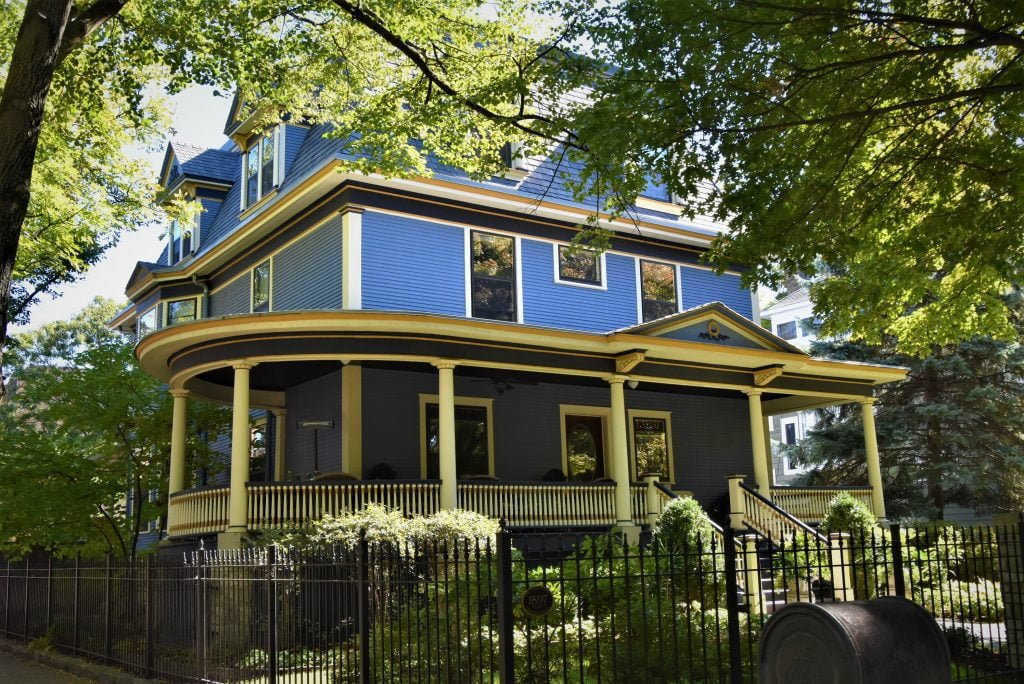
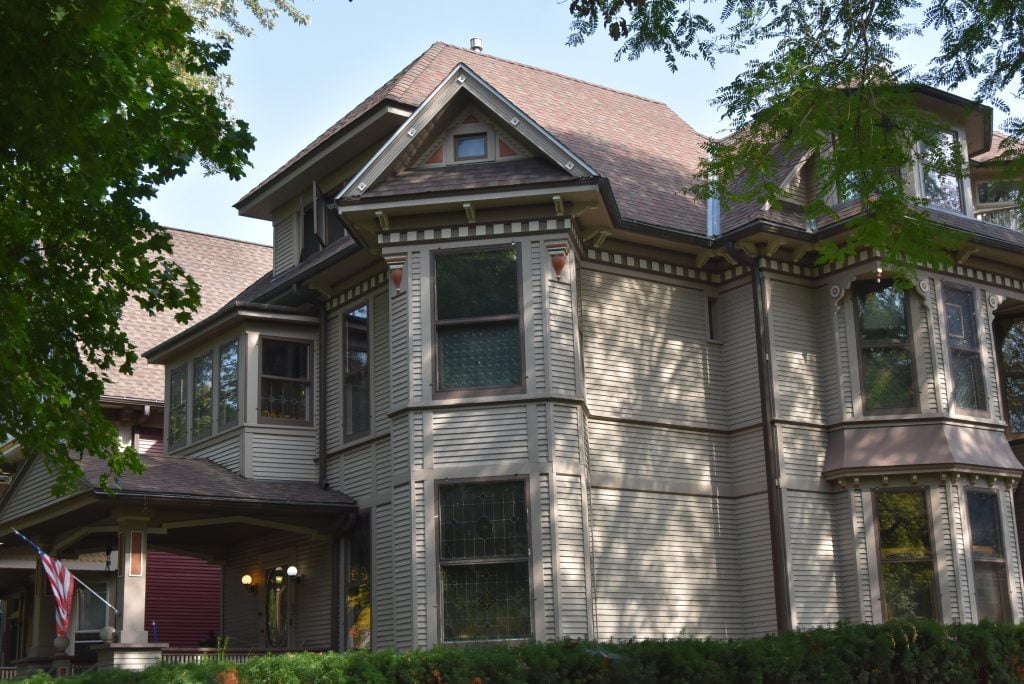
Beautiful, tree-lined South Grove Avenue highlights the popular Queen Anne style of the 1880s and 1890s. This era was also held the Arts and Crafts Movement and these elaborate and decorative, brightly colored homes along Grove Avenue in Oak Park are what comes to mind when most people picture classic Victorian homes.
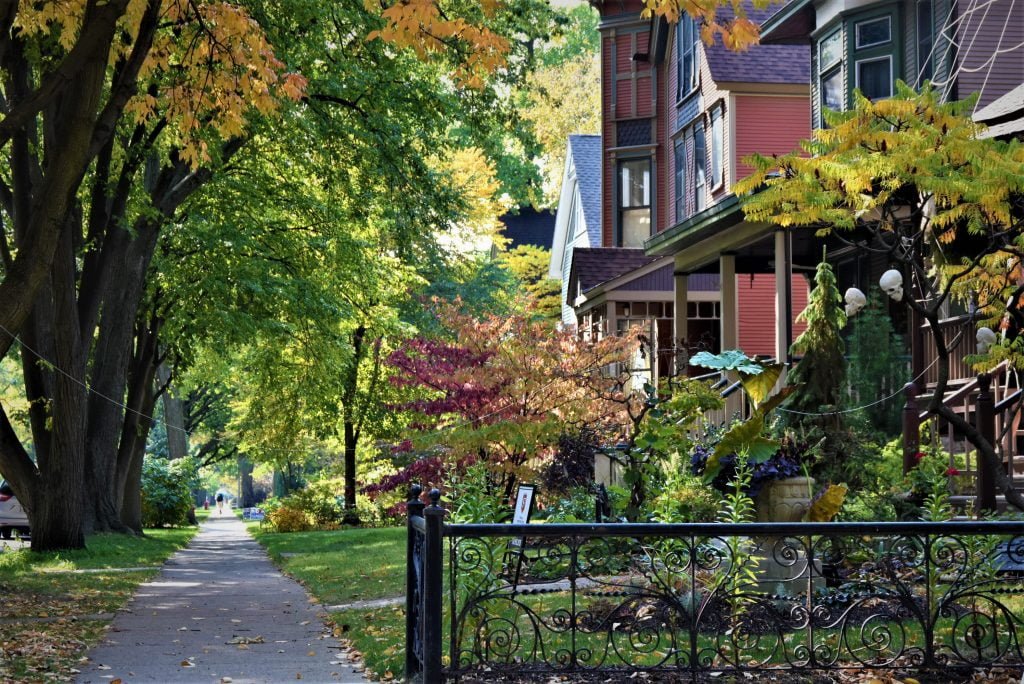

140 S. Grove Avenue

140 S. Grove Avenue140 S. Grove Ave140 S. Grove Avenue140 S. Grove Ave. Coach House140 S. Grove Ave140 S. Grove Ave140 S. Grove Ave
Previous
Next
A Stick Style Queen Anne with a front and side gable.
The Victorian styles evolved largely from the imposing, elaborate Gothic style which appealed to the romantic Victorian idea that fashion, architecture and furnishings should be beautiful, not simply practical.
The beauty of the side gable created an interior space with a feeling of “openness”. Note the dramatic carved wood brackets projecting at the eves to strengthen the angles, distinctive trim lines with ornate details and the shingle motifs to break up and add dimension to the façade.
209 S. Grove Avenue

209 S. Grove Avenue209 S. Grove Avenue209 S. Grove Avenue
Previous
Next
Built in the stick Queen Anne style, the “nooks and crannies” were becoming the height of the fashion of the time and embodied varied forms in surface irregularity of eclectic Victorian design. Notice the contrasting wood trim joining into the turret and across to the front gable that extends across the front of the rectangular bay. Horseshoe-shaped arches support the projected front. The broad open porch roof is supported by turned columns.
Constructed in 1887 by Chicago architect Cicero Hine for John I. Jones. The design of 209 S. Grove reflected both Hines’ English ancestry with hints of Gothic and the Arts and Crafts Movement of the time. The onion dome is a feature common in Hines’ work and is widely considered a Russian born style.
There is so much to get to know about Oak Park’s neighborhoods too…..
We are continuously updating this and other pages on GrtHomes.com
Come back often and see what is new!
139 S. Grove Avenue
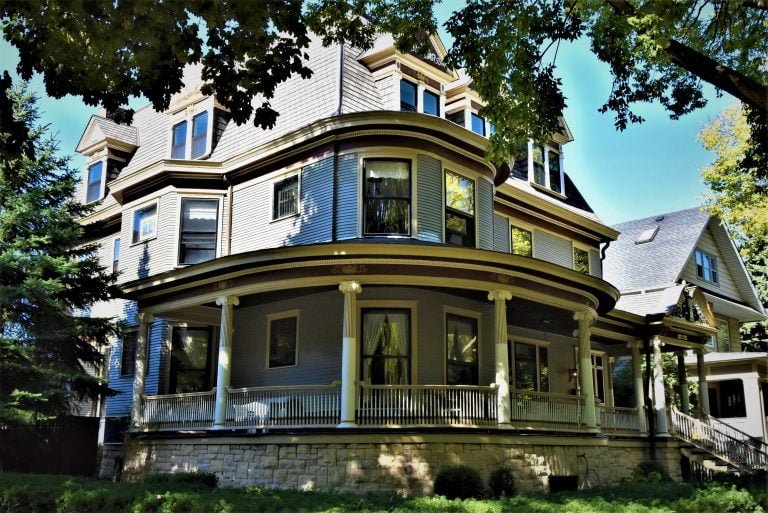
As the Arts and Crafts Movement began to take hold in America, critics accused the Victorians of needless complexity and clutter. The style fell out of fashion, advocating a more streamlined, handcrafted home. 139 S. Grove exemplifies this transformation from the fishscale and gingerbread siding to the handcrafted details of the columns, portico, and roofline. The nooks and crannies are still there in the bays and corner outcrop, allowing panoramic views and a feeling of openness, while providing a more practical living space.
209 S. Grove Avenue209 S. Grove Avenue137 & 139 S. Grove Avenue209 S. Grove Avenue137 & 139 S. Grove Avenue
Previous
Next
The changing taste preferences of the late 19th century are reflected in the trim work and simpler shapes than those of some neighboring homes. The original owner’s vision was strongly influenced by the 1893 Columbian Exposition in Chicago. The home was painted completely white when it was built, in sharp contrast to the neighboring homes which featured the colorful paint schemes and “arts and crafts” style motifs of the 1870s and 1880s. Oak Park has always been a town of notable progression and challenges to status-quo, and this was and is evident in its wide ranging architecture.
Around 1880, as the population settled the area, many of the new single-family homes assumed new forms of materials. The historically-derived style and ornamentation was rooted in the principles and traditions of composition, proportion and symmetry that was largely composed by historical reference. Times were never easy but those who came to settle here continued building their dreams, and homes, with the pride that drove them here.
200 S. Grove Avenue
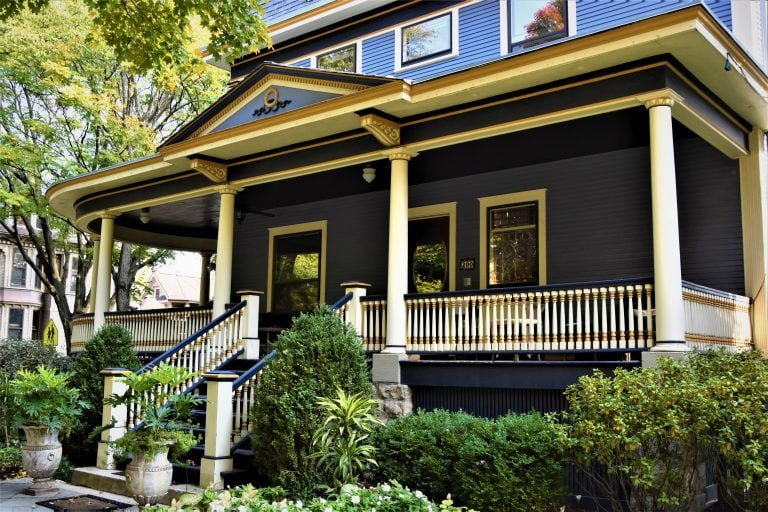
200 S. Grove Avenue200 S. Grove Avenue200 S. Grove Avenue200 S. Grove Avenue200 S. Grove Avenue
Previous
Next
It was the height of the mass-production of architectural trim. The sawmill at the Des Plaines River (near Oak St. in River Forest) flourished with the advances in the steam engine powered scroll saw that made this fancy trim easy to make. The river also provided an ample supply of wood, which was scarce after the Great Chicago Fire.
As growth facilitated the area’s emergence in the late 19th century, Oak Park experienced an exuberance that manifested itself into a transformative and integral part of the growth of the United States. The amalgamation of world cultures and peoples lent Oak Park forward thinking ideation on many levels and this is clearly represented in its famously diverse architectural styles.
The late 1870s in Oak Park and River Forest were marked by the distribution of land lots from Oak Park’s first white settlers, Joseph and Betty Kettlestring who at one time owned 173 acres of land acquired from the federal government in 1833.
family to speculators from the East Coast and England. Most of the homes in the area were built after 1850 and prior to 1900, evolving in style from the popular “farmhouse” to the Italianate (1860s/1870s) to the Victorian Queen Anne styles (1880s/1890s). Gothic Revival, cottage and other assorted home styles continued their popularity through the 1930s. From the start, people migrating to Oak Park were largely new immigrants from Europe, Ireland, Germany, England, the Netherlands, Norway, and those transplanting from the Chicago city proper.
Today people come from all over the world to enjoy the exceptional architecture found in Oak Park and River Forest along with the area’s notably diverse population.
The affairs of 1872 at the Paris Worlds Fair and the 1893 Columbian Exposition of Chicago, the steam engine and its revolutionary imprint that it has forever left on society and transportation manifested itself in some of the greatest architecture of the modern world.
In the 1850’s they were taking the design of “Gothic revival” cottages and Italianate houses from the 1870s and 1880s that were prevalent in Paris and their local builders homeland of Germany, but really throughout Europe as those who settled in Oak Park oftentimes never saw the “city lights” of their native country.
As they came here from farms and instances that had no explanation, but was cause for the willingness of young men or woman to get on top of a barge or even in the bilge of a ship and venture across the stormy seas. From there they made friends. I was born in Park in 1961. I have grown up and stayed close to my friends. I have been lucky to have grown up here and I am living a pretty happy life. We were all in, and a this is a pretty good life.
My great, grandfather came over on a freighter. He used to work in the stockyards. He was born in Chicago. His dad and mom did not come over. They said their were seven children and they were often leaving for one reason or another. At that time many people were coming, most from a farm community that generally resided in Europe, but not necessarily. My dad was not sure why his grandpa left. His dads dad did not say and he died when he was 26 as a lineman for the electric company.
Like many, they were hungry from the potato famine and when they came to the south side of Chicago they were hoping the best.
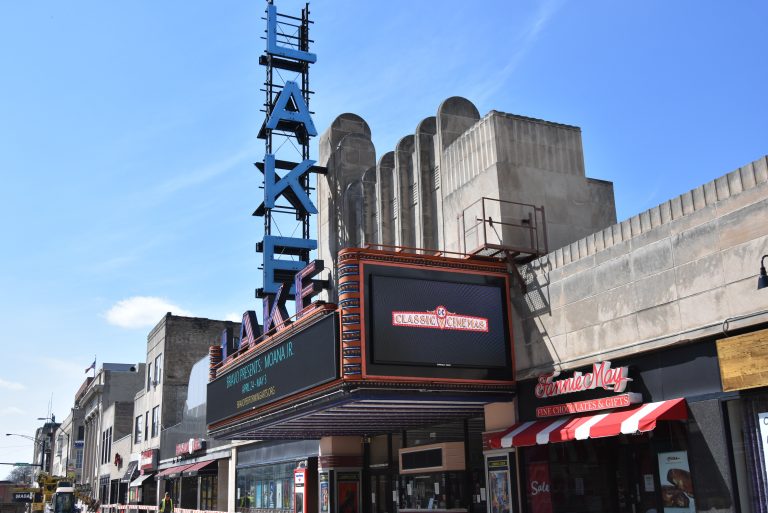
“Best Four Corners in Oak Park” designation was based on: the architectural design and character of the homes; the homes representation of the Victorian styles of their day and their relation to each other; the historical notoriety of the owners, architects, and builders; and a notable pride in ownership and honor to original design and character displayed in the present.
Wednesday Journal. Dec, 1992
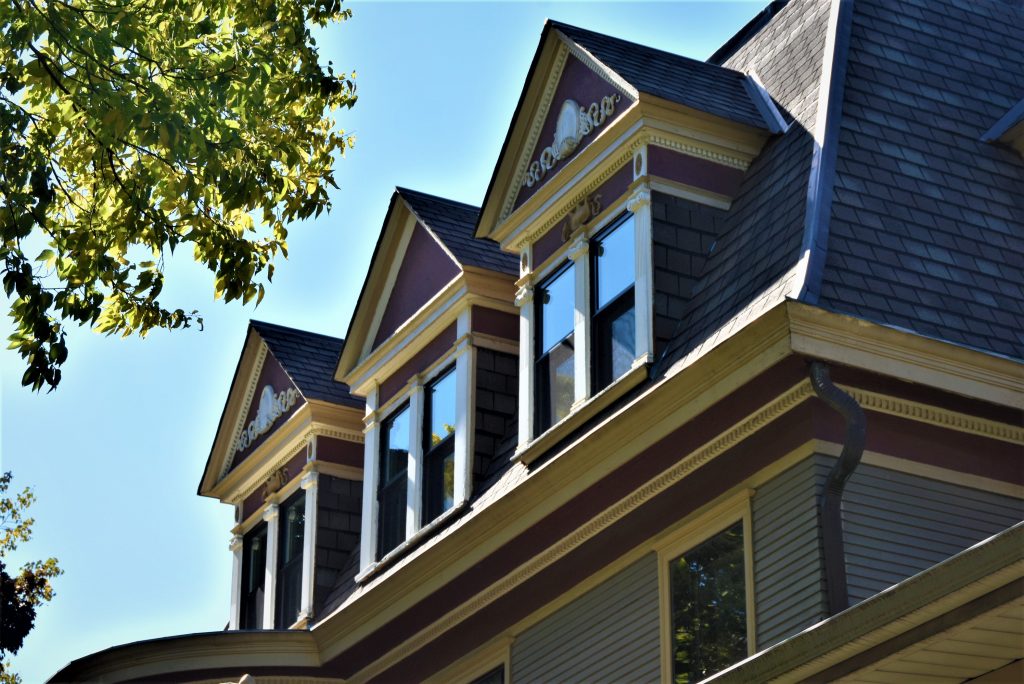
Both locally and nationally, there are few parallels to these homes’ Victorian grandeur. The corners of Pleasant Street and Grove Avenue stands as one of America’s finest examples of 1880s and 1890s Victorian Queen Anne architecture and the lifestyles of the day and today.
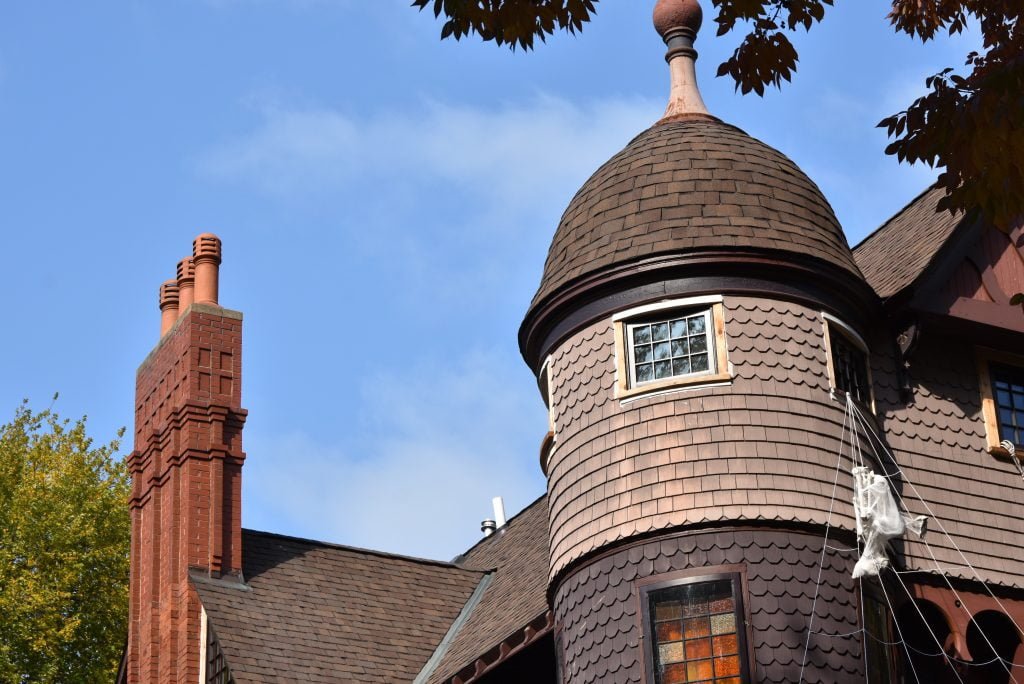
A renaissance of home building and general development came to Oak Park within years of the Great Chicago Fire of 1871. The fire, which decimated so much of the city proper, created an exodus with many people moving to the developing suburbs. Almost immediately, buildings and homes along the railroad lines and along Lake and Randolph Streets started to sprout up.

Times of great opportunity and fields of dreams… The 4 corners represent the transition in architectural styles from the 1880s to the turn of the 20th century.
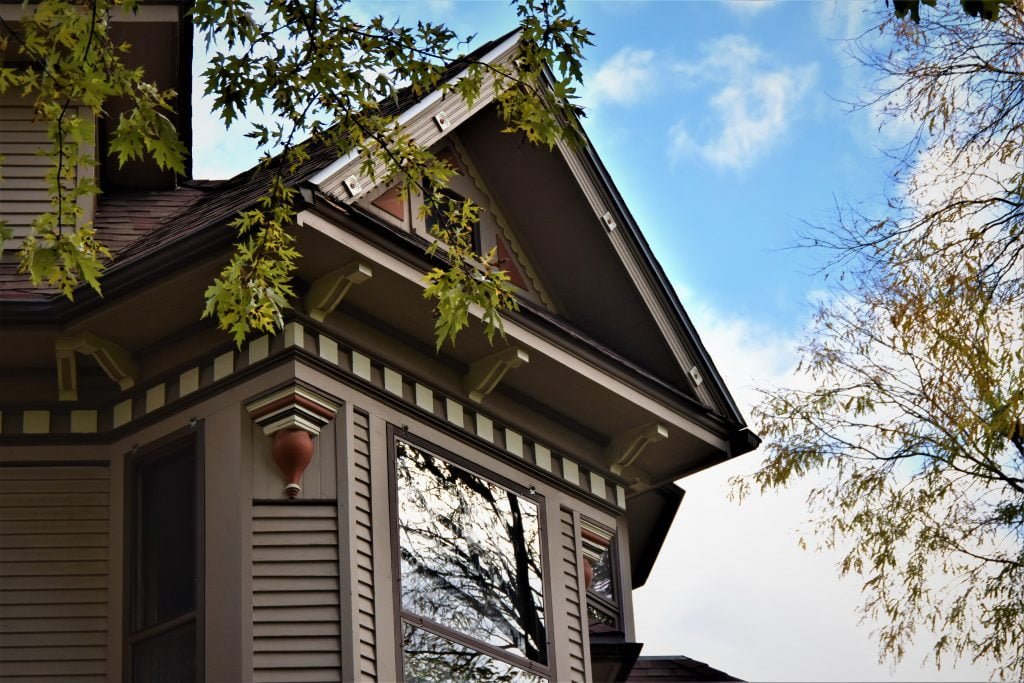
The World’s Fair of 1872 in Paris, the 1893 Columbian Exposition of Chicago, the steam engine’s revolutionary impact on transportation along with the amalgamation of world cultures are all represented in the “Best Four Corners in Oak Park” designation.
![]()
The builders were the grand craftsmen of the times, many of whom had ventured to American by ship, barge or frigate, reclaiming their souls with new found opportunity from lands and places that seemed to hold none. The result is that this area and its homes are a blend of architectural styles and fine craftsmanship from first and second generation immigrants.
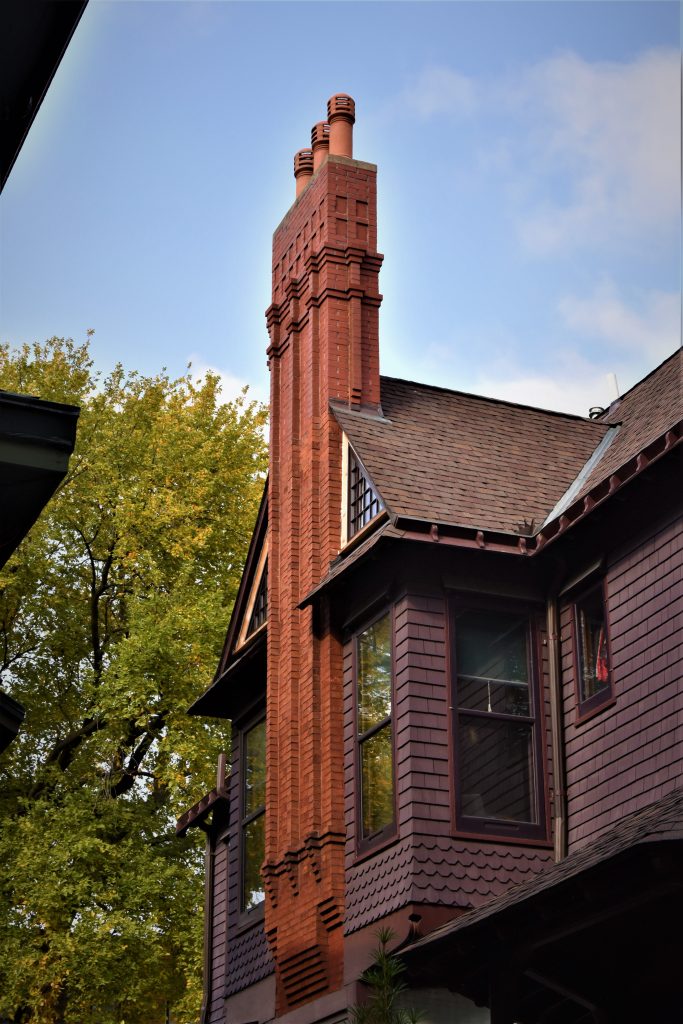
Around 1870, the steam engine lent itself to the invention of machinery for the mass production of the building supplies that became the popular fish-scale shingles, beautifully shaped spindles and fluted posts of the popular wraparound veranda’s, gingerbread motifs, and many other ornamental details that represent the arts and crafts architectural movement of the late 1870s and early 1880s.
The Victorian era spawned several well-known styles, including the American Stick (think farm house), Gothic Revival, Italianate, Queen Anne, Romanesque and Shingle styles. As you walk down the streets of Oak Park you can see the evolution of these styles. Oak Park became a hub for architects starting in the mid 1880s and designers often felt free to combine styles.
19th century American home builders were mimicking the designs of “Gothic Revival” cottages and Italianate houses from the 1870s and 1880s that were prevalent in Paris, Germany, and throughout Europe even though those who settled in Oak Park oftentimes never saw the “city lights” of their native country. Rather, they were leaving for one reason or another from farming communities that dotted the European countrysides.
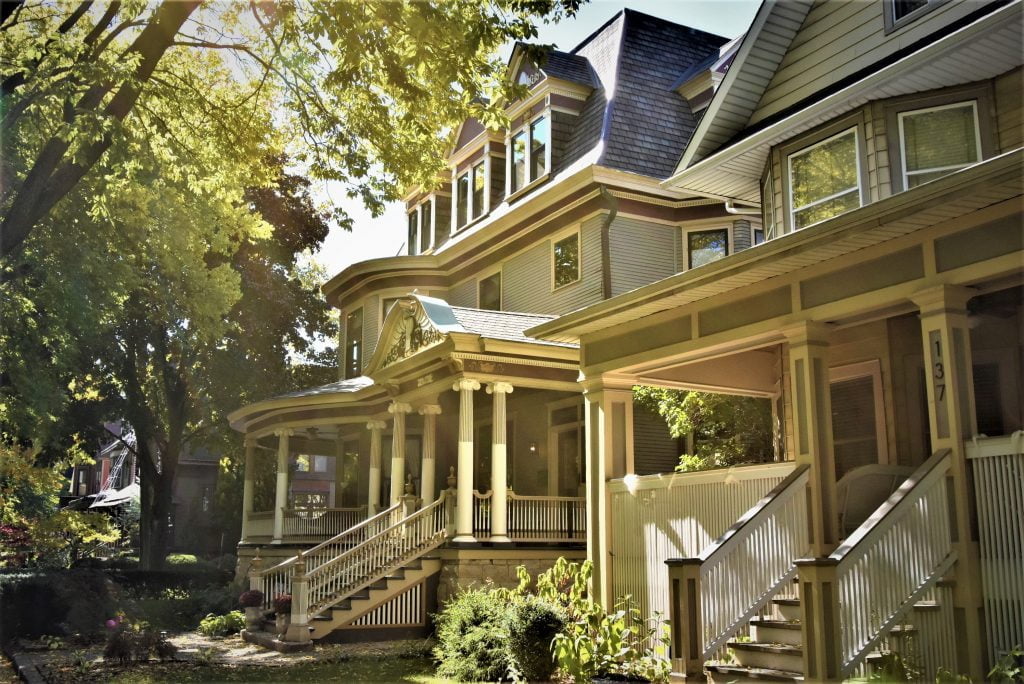
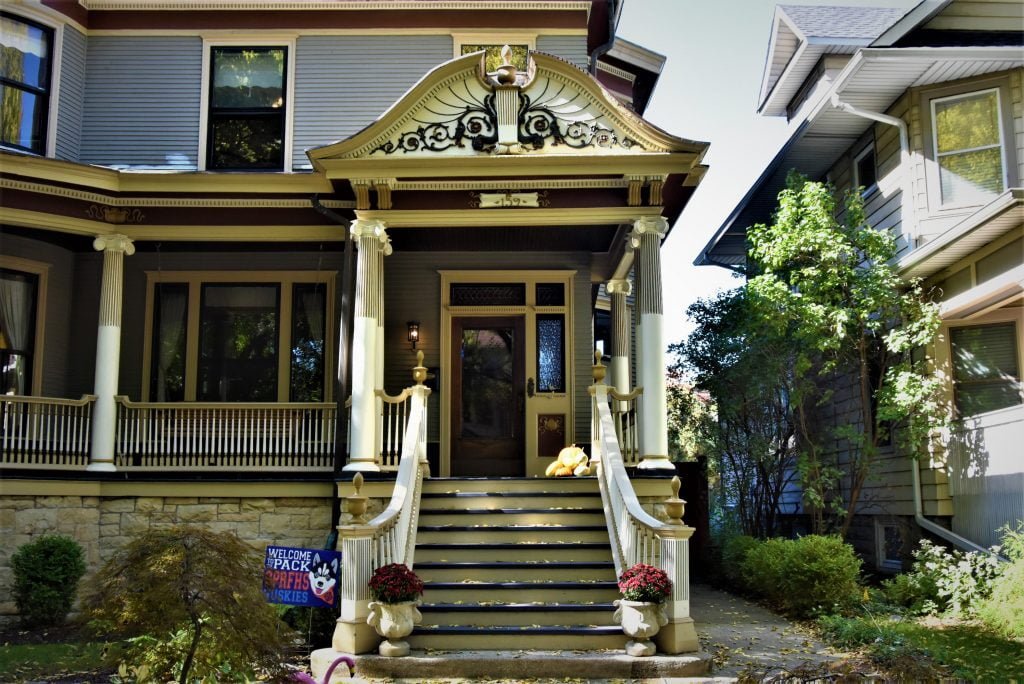
The historically-derived style and ornament turned into a budding industry (architecture as a discipline that can be marketed globally) through the free market forces that sprung up from the Great Chicago Fire.
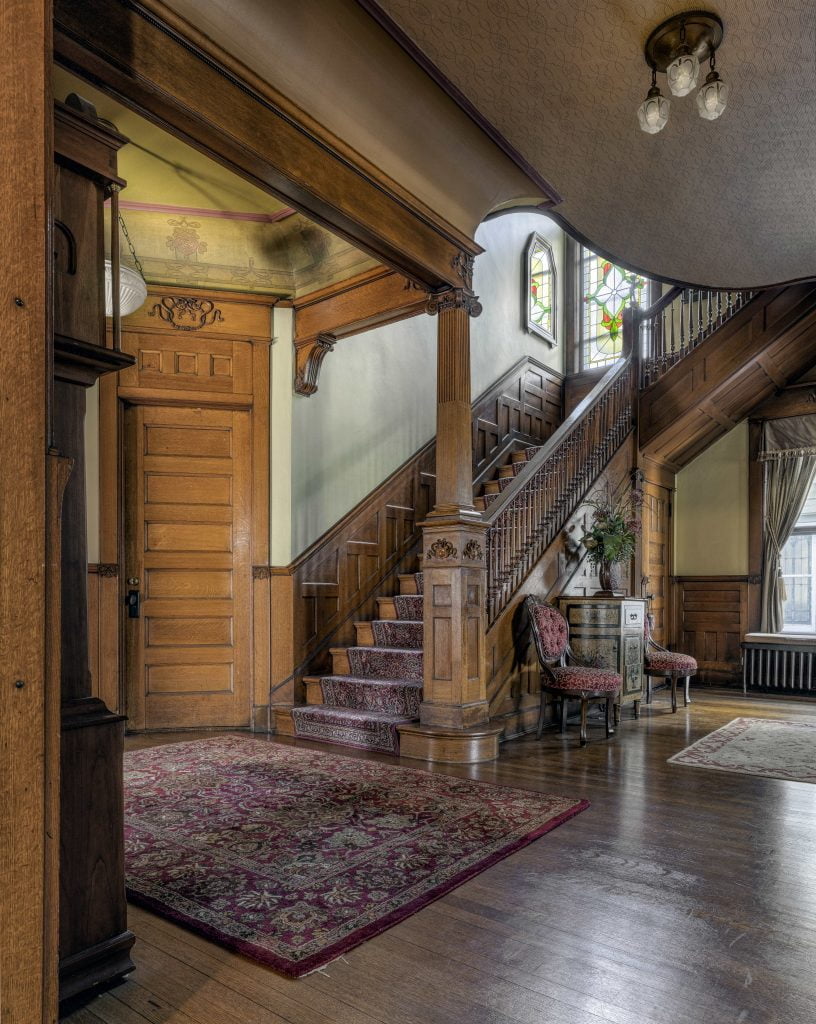
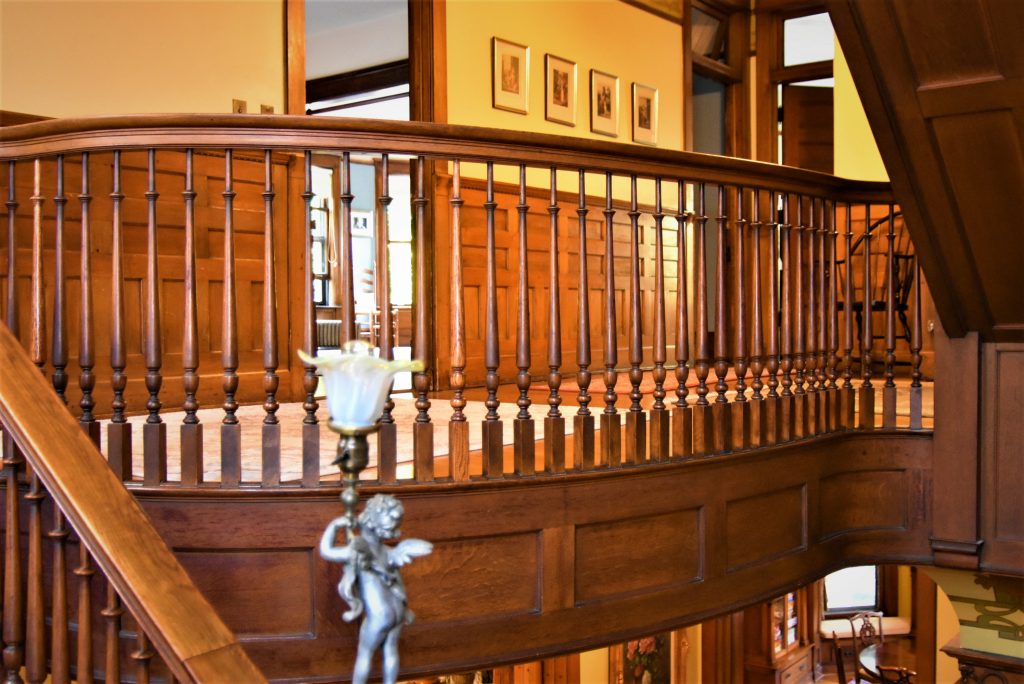

As the Arts and Crafts Movement began to take hold in America, critics accused the Victorian designers of employing needless complexity and clutter. Fashion began a shift, advocating a more streamlined, handcrafted home. 139 S. Grove exemplifies this transformation from the fishscale and gingerbread siding to the handcrafted details of the columns, portico, and Flemish style roofline.
During the 1880s, the industrialization of woodworking was expanding the affordability for homes to include very ornate details that would otherwise have been too costly in craftsmanship.
Over the next 30 years homes were sprouting up in the Oak Park area along Kenilworth, Lake, and Randolph Streets, and to some extent along Oak Park Avenue and Berkshire Place. Many of these homes include a manufactured use of home trims and details.
The parkways along Randolph Street with the adjacent railroad track in 1880s created opportunity for construction of homes and buildings that dot the area and still represent those times.
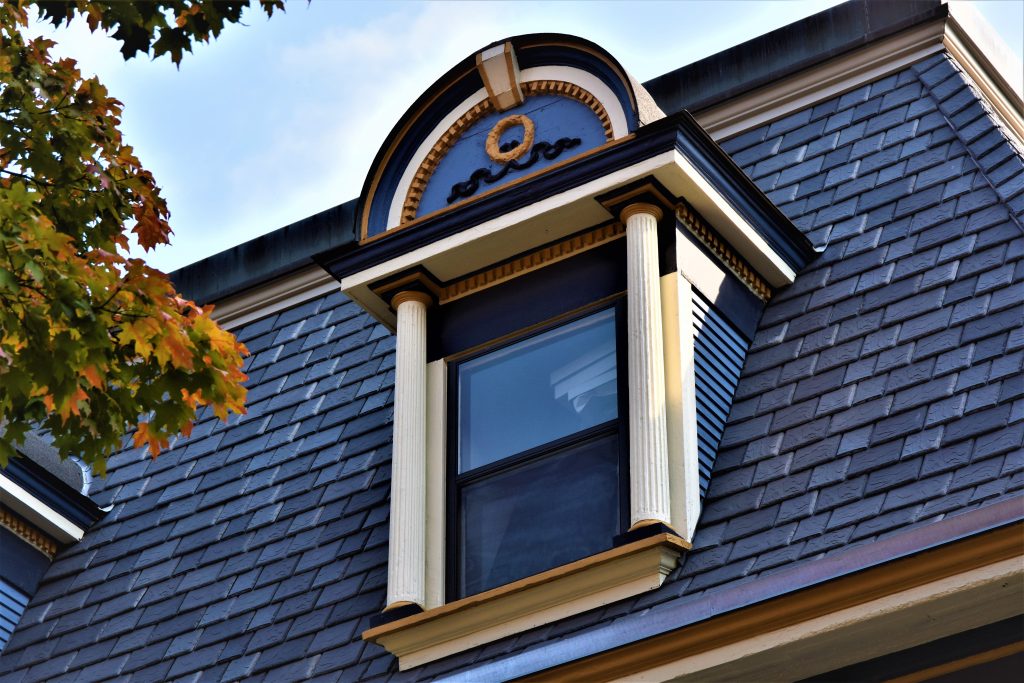

The architects and builders of Oak Park and River Forest helped to effect a major stylistic transition, and a good number of noted architects settled in the area to serve its rapidly growing population.
200 South Grove Ave. constructed in 1897 by H. G. Fiddelke and owned at one time by John a Seaman, a prominent landowner in the area as well as the inventor of an automated process for barrel making.
It was the height of the mass-production of architectural trim (stemming from the advances in the steam engine powered sawmills)


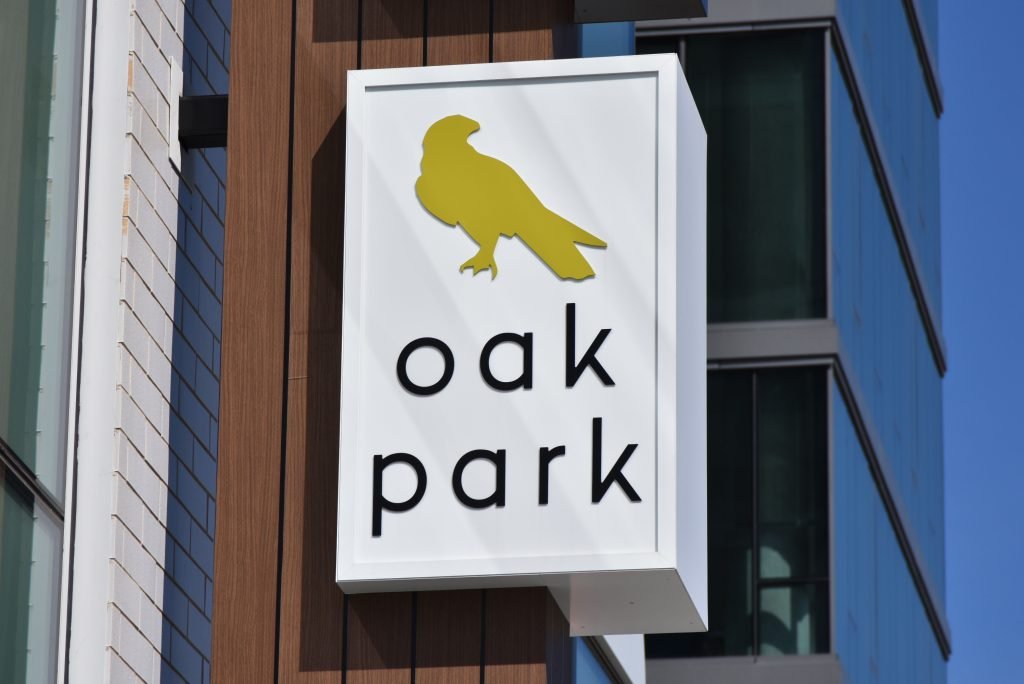
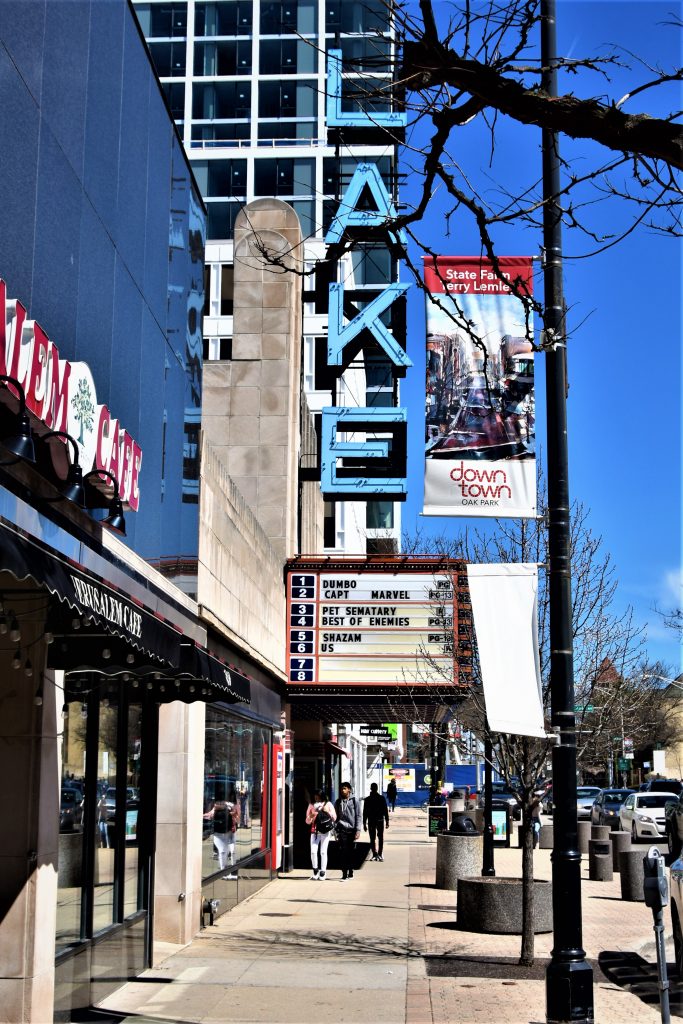
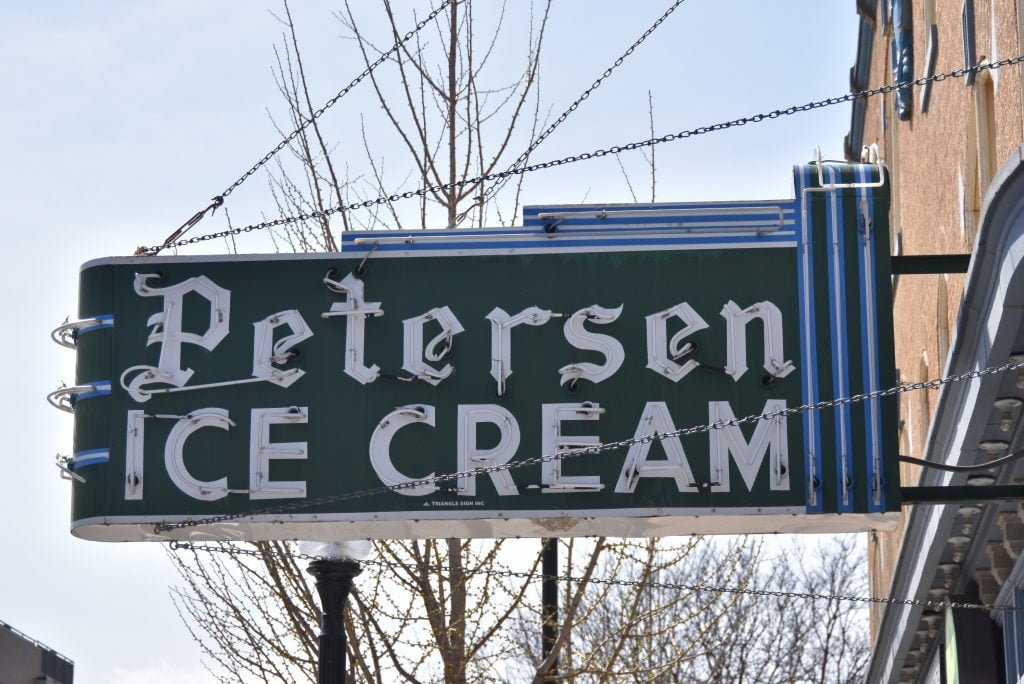
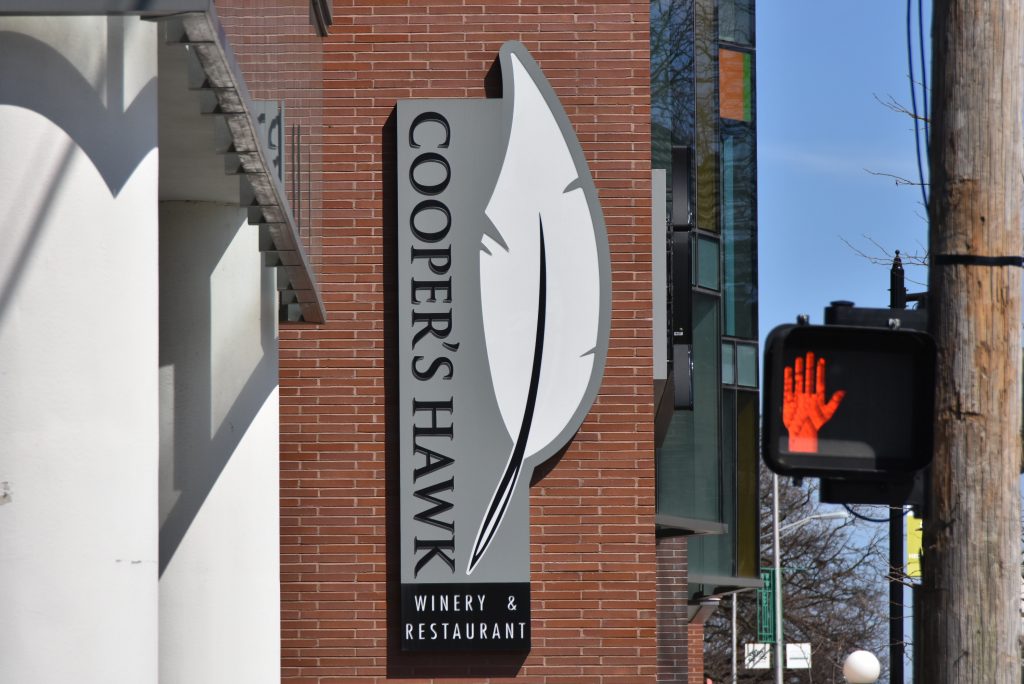
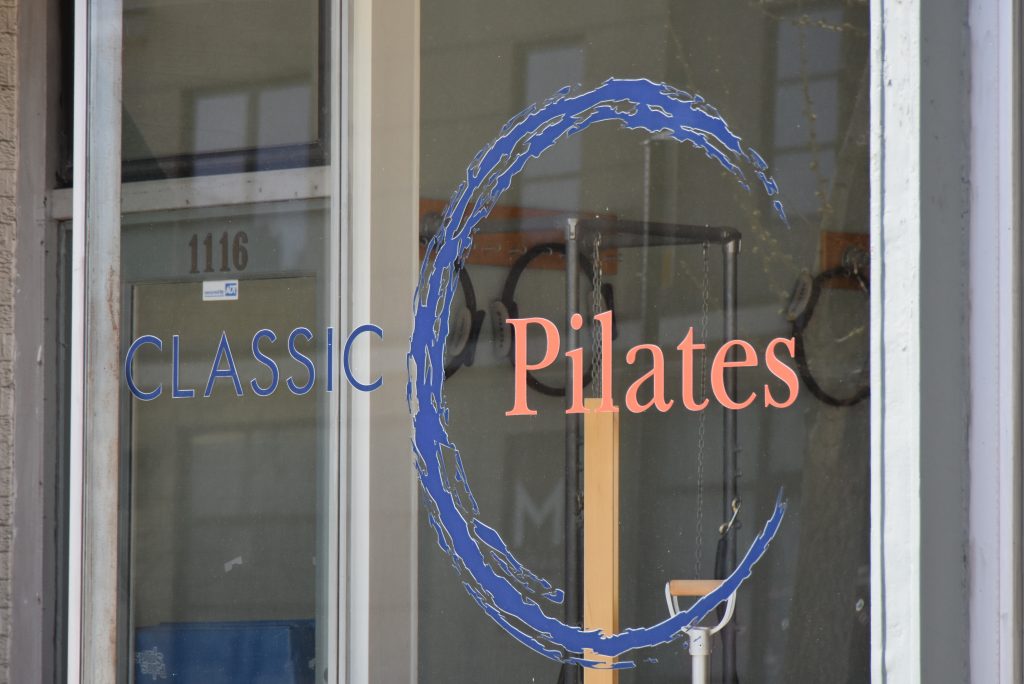
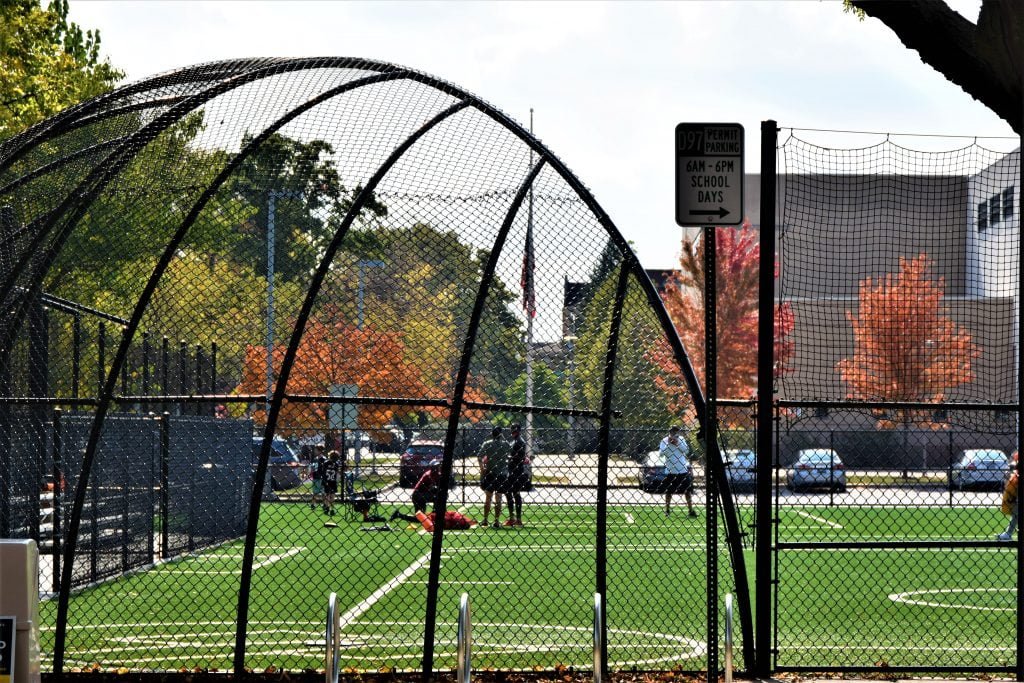
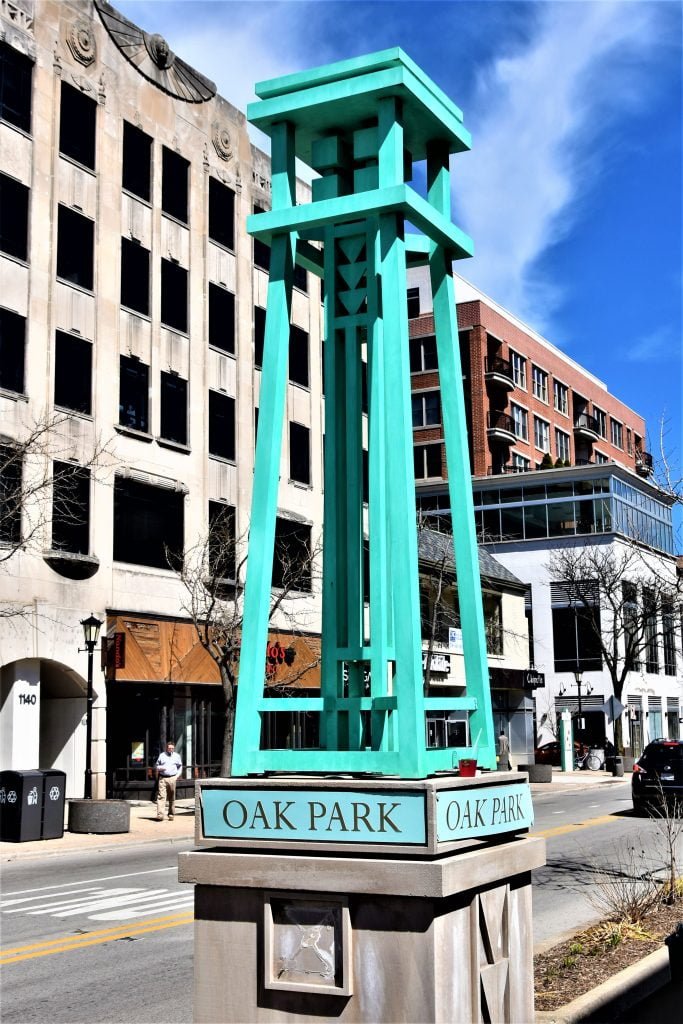
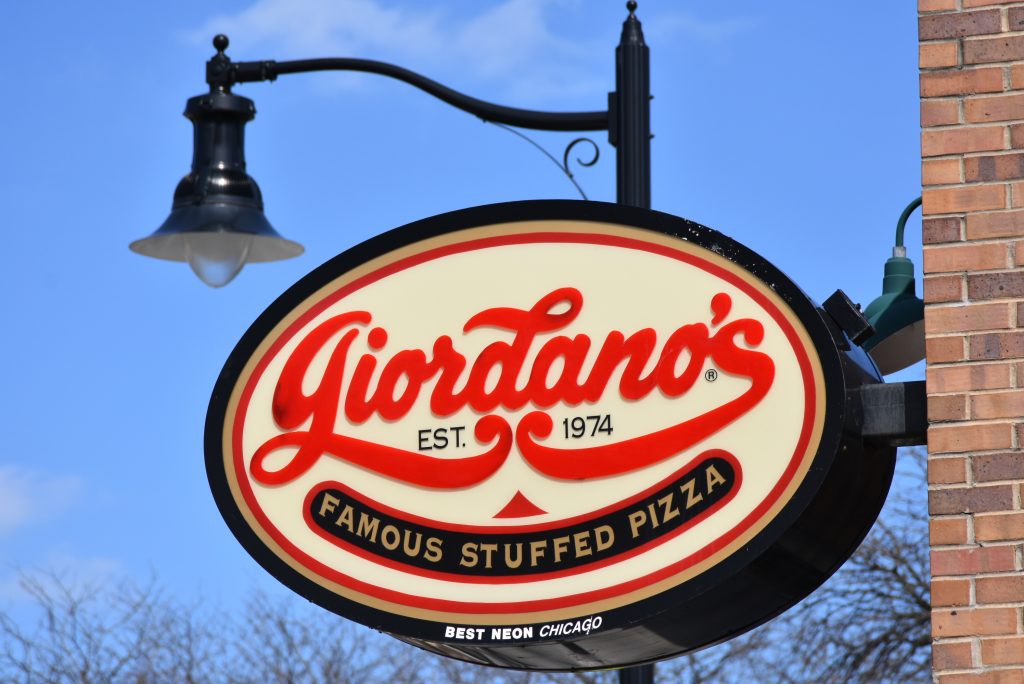

The significance of the Oak Park historic District hinges not only on its individual structures, but on the orderly integration of its diverse buildings and styles into a fairly harmonious suburban landscape plan. There is a striking harmony between the building types, the order and relation of building to each other and to the framework of this streetscape and this community, that it fosters a happy feeling amongst its residences. The planning created a harmony where a diversity among economic affluence melds amongst the children as they grow up, like no other place in America.
Oak Park is a richly diverse suburb approximate 9 miles west of downtown Chicago. Transportation to Chicago is provided by 2 Metra trains, two elevated trains, and an expressway leaving you approximately 22 to 45 minutes away from beautiful downtown Chicago or the Shores of Lake Michigan. Oak Park is richly diverse in many ways and from the turn-of-the-19th century has attracted people from all around the world because of its proximity Chicago, wide-ranging architecture, and its devotion to maintaining an ethnically, culturally, racially and economically diverse population. Making Oak Park one of the most unique places in America to enjoy, live be a family.
Many of the homes in Oak Park are considered some of the most original Queen Anne style homes in existence in the United States today. The homes retain the broad front porches, entrance gables, roof dormers, and colorful ginger bread siding so romantic, with arts and craftsmanship of the time. Richly detailed interior trim and exotic woods and large, comfortable fireplaces with interior millwork showing the ancestral pride in craftsmanship.

